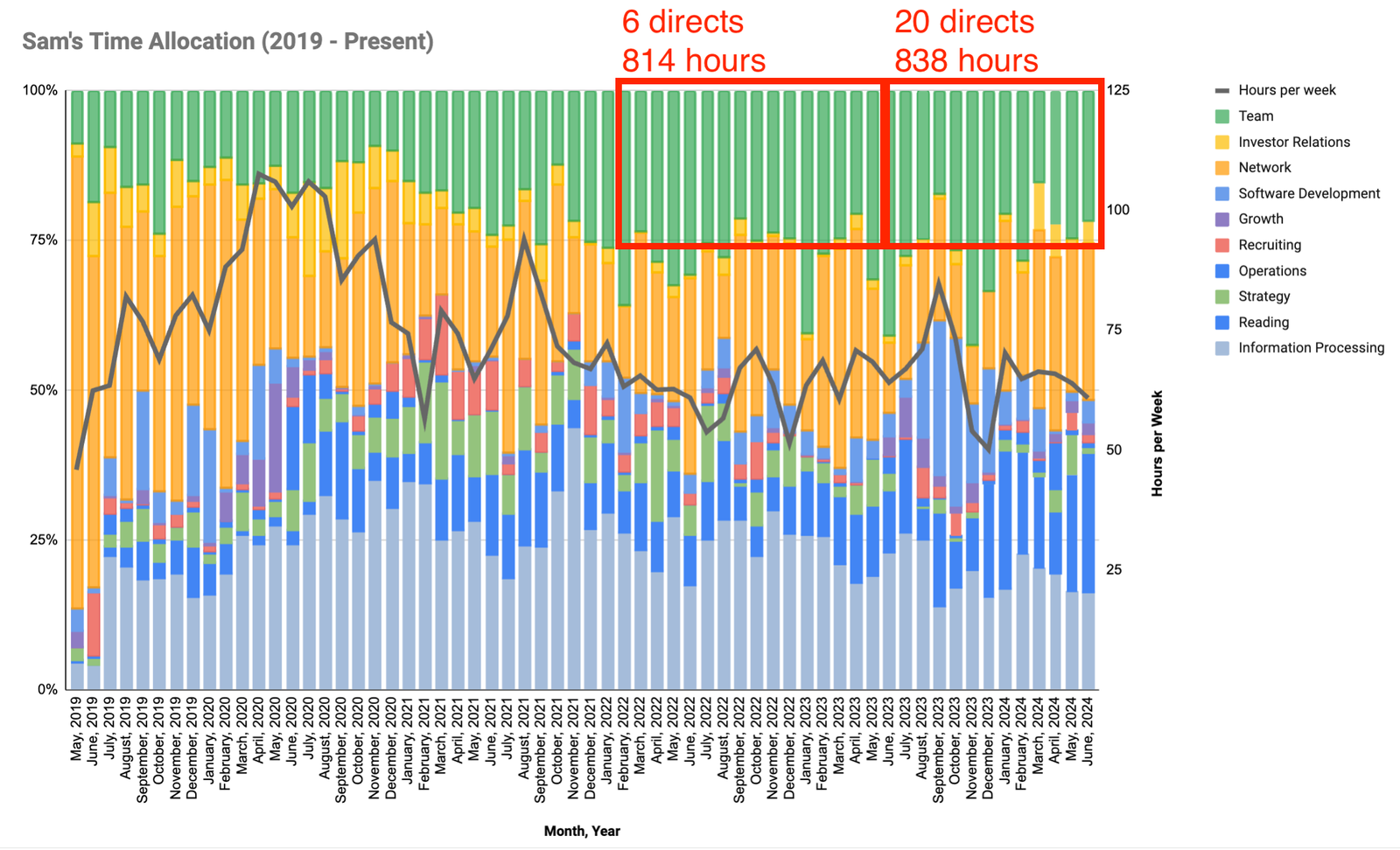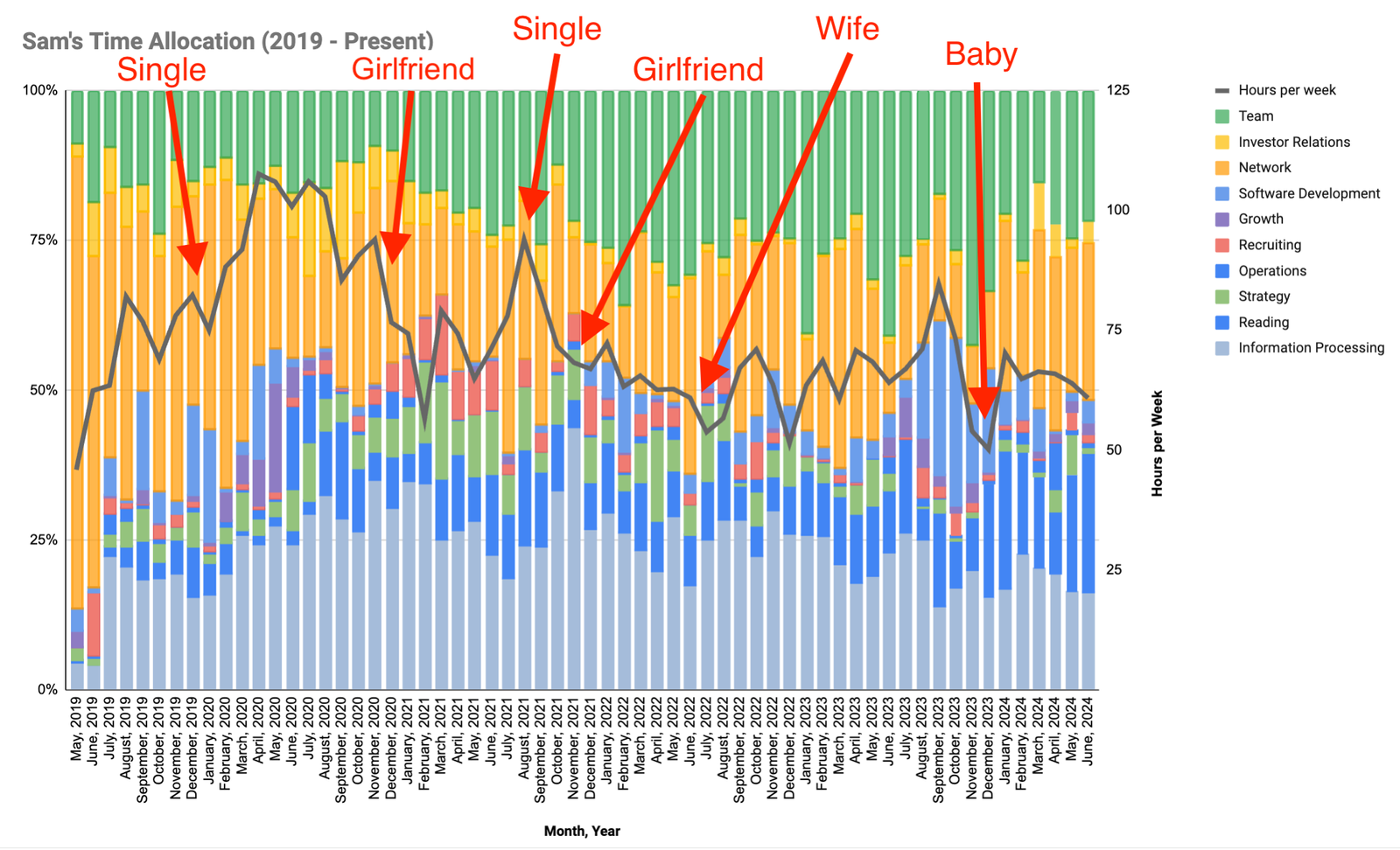What We Learned about time tracking from Elon Musk and 5 successful CEOs
Time is the only resource you can’t raise a round for. If you’re building, coding, or shipping, every hour counts — yet most of us have no idea where our time actually goes.
Here’s a curated list of the best recent (and timeless) resources on time tracking and productivity — for tech founders, PMs, and engineers. We’ll mix advice from billionaires, a Founding Father, and a few modern productivity experts.
1. Rahul Vohra (Superhuman) on Tracking What You Actually Do
Superhuman’s CEO, Rahul Vohra, realized his calendar didn't reflect his actual work. He said, “Your calendar says what you thought you were going to do, but it’s really only your trail of work that describes what you actually did.”
To solve this, he created the “switch log.” Every time he changed tasks, he’d send a quick Slack message to his EA. At the end of the week, he could analyze where his time truly went. The insight was shocking. He realized, “I was only spending 6 to 7% of my time on product, design, technology, and marketing.”
This simple time tracking method helped him redefine his role, focus on high-impact work, and ultimately, scale the company more effectively. For those without a personal assistant, Cronus automates this process, helping you discover—and expand—your own zone of genius.
2. Benjamin Franklin’s Original Time Tracker
Franklin literally logged every hour of his day by hand — asking himself each morning, “What good shall I do today?” and each evening, “What good have I done today?”
His meticulous habit revealed his flaws (he said he was “much fuller of faults” than he realized) but also helped him systematically improve.
Franklin didn’t have AI. You do. (Tools like Cronus automate this so you don’t need a quill and ledger.)
3. Elon Musk’s 5-Minute Time Blocks
Musk schedules his day in five-minute chunks. Emails, calls, quick meals — all pre-planned.
The trick? It forces ruthless focus and prevents Parkinson’s Law (“work expands to fill the time available”) from turning your afternoon into sludge.
It’s extreme, but for anyone juggling multiple projects, it’s a reminder: structure = freedom.
4. A Software Engineer’s “Calendar Audit” at Khan Academy
Oliver Northwood, a Khan Academy engineer, logged everything he did in Google Calendar. The result:
- Killed his impostor syndrome
- Boosted his output
- Got promoted to tech lead
Why? Because he finally saw where his hours went — and what to fix (hint: too much Slack, too many meetings).
5. Paul Graham’s Maker vs. Manager Schedule
Still the gold standard for tech scheduling wisdom. Graham explains why one random meeting can nuke an entire afternoon for developers (the “maker’s schedule”) and why managers need structured hours.
If you’re coding or building, protect your deep work blocks. Do meetings later. Your brain (and your commits) will thank you.
6. Sam Corcos (Levels CEO) on Ruthless Time Auditing
Read the 2-year analysis | Read the 5-year update
Levels CEO Sam Corcos began tracking his time after a horrifying discovery: he was spending over 3 hours a day on social media and news, not the 20 minutes he’d guessed. This is the kind of time blindness that automated tools like Cronus are built to expose.
His meticulous tracking led to a few radical principles:
- Ditch rote 1:1s: Corcos scaled his direct reports from 6 to 20 without increasing his management time. How? He deleted all recurring 1:1s. Instead, each report uses a "living document" (on Notion) to flag issues. They only meet when a decision is needed to unblock them.

He also tracked how his dating life impacted his working hours:

- Use your calendar as your only to-do list: If a task isn't blocked out on the calendar, it doesn't exist. This forces ruthless realism and kills the anxiety of an ever-growing to-do list.
- Your main job is to unblock others: He sees his role as an "information router." He spends 3-4 hours on email daily just to keep the team moving at peak efficiency.
His system isn’t just about logging hours; it’s about ruthlessly aligning every available minute with the company’s top priorities.
7. Bill Trenchard (First Round) on Getting 70% of Your Time Back
Read the First Round Review article
First Round partner Bill Trenchard argues that a staggering 70% of a CEO's time is spent sub-optimally. After interviewing top CEOs, he compiled a list of high-leverage tactics to reclaim those hours.
- Kill Status Meetings: Trenchard's most radical tip? Get rid of the round-robin status update meeting. Instead, have team members write their updates in a shared document (like a Google Doc) for everyone to read weekly. This saves dozens of hours.
- Become an Email Ninja (with the 2-Minute Rule): If an email takes less than two minutes to answer, do it immediately. If it takes longer, move it to a task manager (like Asana or Todoist). This prevents your inbox from becoming a default to-do list. He also recommends tools like
SaneBoxto filter noise andTextExpanderfor canned responses. - De-risk Failure for Your Team: A key role of a leader is to unblock their team. Trenchard advises asking, "What is the cost of failure?" If the cost is low, empower the team to move fast and break things. Don't let perfectionism on a minor feature grind a major project to a halt. This is the 80/20 rule in action.
8. John Lees-Miller (Overleaf CTO) on a Year of Minute-by-Minute Tracking
Read the Hacker News discussion
Overleaf's co-founder and CTO, John Lees-Miller, manually tracked his time for over a year. His data-driven analysis offers some of the most concrete insights available for technical founders.
- The Myth of the 130-Hour Work Week: Lees-Miller logged a rigorous 52 hours of actual work per week. He notes that this was a strict definition—any small break stopped the clock. It's a realistic look at the "marathon" of building a startup.
- Management Explodes, Meetings Disappear: As his dev team grew by 200%, his
managementtime skyrocketed by 230%. But surprisingly, his time in scheduledmeetingsdecreased by 72%. Why? Most of his new management tasks (like code reviews) were asynchronous, happening on GitHub and chat. - The Weekend Creep: The most alarming discovery was where his dev time went. While his total coding time stayed the same, it shifted. Workday
devtime fell by 40%, but was replaced by a 140% increase in weekend coding. A cautionary tale for any hands-on founder.
Why This Matters (and Why Cronus Exists)
Time tracking isn’t about obsessing over minutes — it’s about awareness. Every resource above shares the same message: when you know where your time goes, you can actually do something about it.
That’s why we built Cronus:
- AI-driven tracking — automatically logs apps, sites, and context
- Separates productive vs. distracting time (it knows the difference between a work YouTube tutorial and a cat video)
- Zero manual logging
Because Ben Franklin didn’t have an AI assistant. You do.
Sources
- Rahul Vohra on time management & meditation (YouTube)
- Benjamin Franklin on Time Tracking (Cronus Blog)
- Elon Musk & Time Blocking – Mayo Oshin
- Oliver Northwood: A Case for Time Tracking
- Paul Graham: Maker’s Schedule, Manager’s Schedule
- Sam Corcos’s 2-Year Time Analysis (First Round Review)
- Sam Corcos’s 5-Year Time Analysis Update (First Round Review)
- A CTO's Time, Minute-by-Minute
- Bill Trenchard: 70% of Time Could Be Used Better (First Round Review) | Hacker News Discussion
Other interesting sources
- How CEOs Manage Time (Harvard Business Review)
- How the Best CEOs Get the Most Out of Every Day (First Round Review)
- Rahul Vohra on time blocking (Hive)
Want to see where your hours actually go — no spreadsheets, no judgment?
Try Cronus (free) and let AI do the tracking for you.
